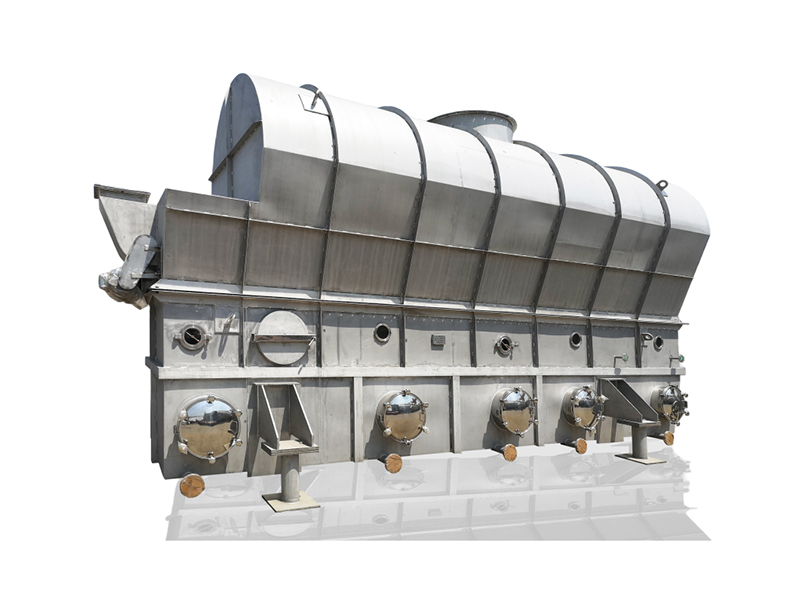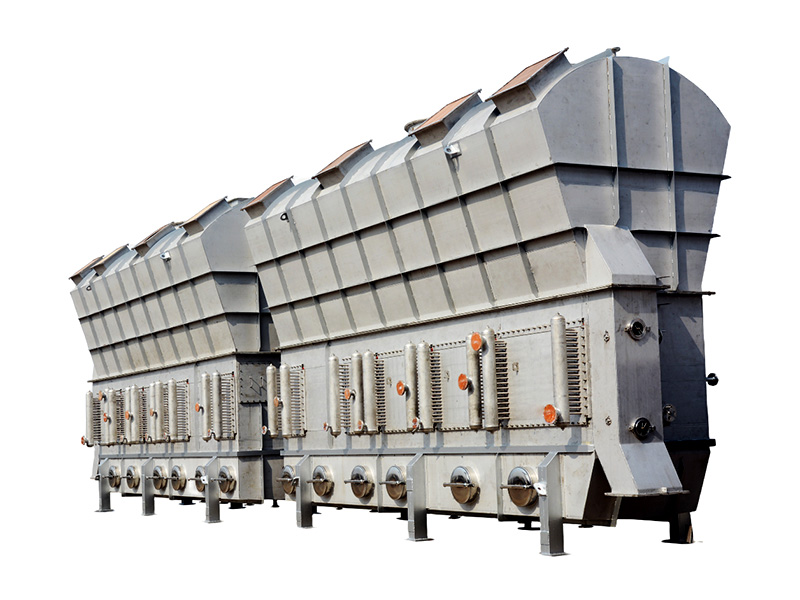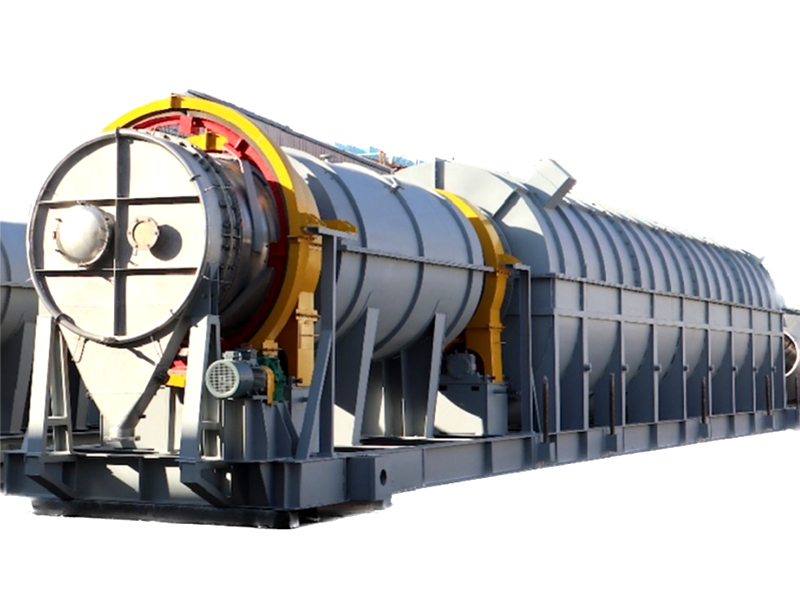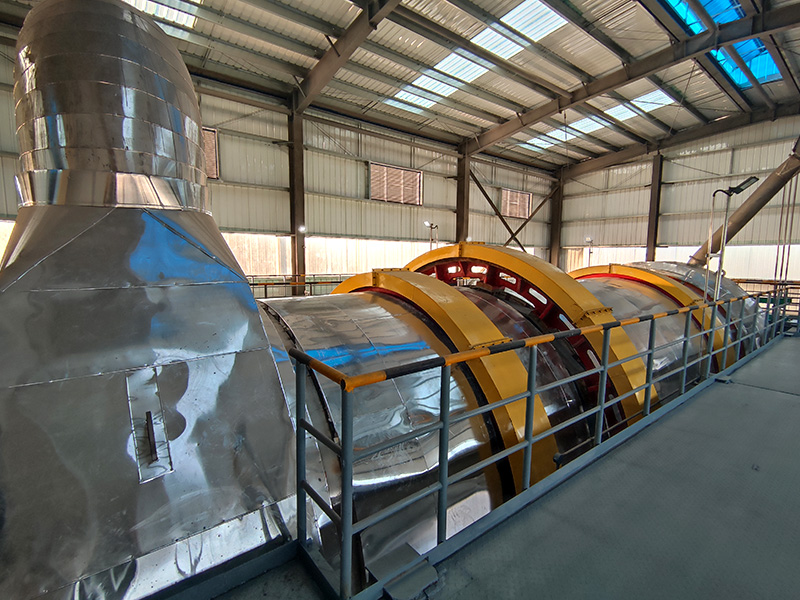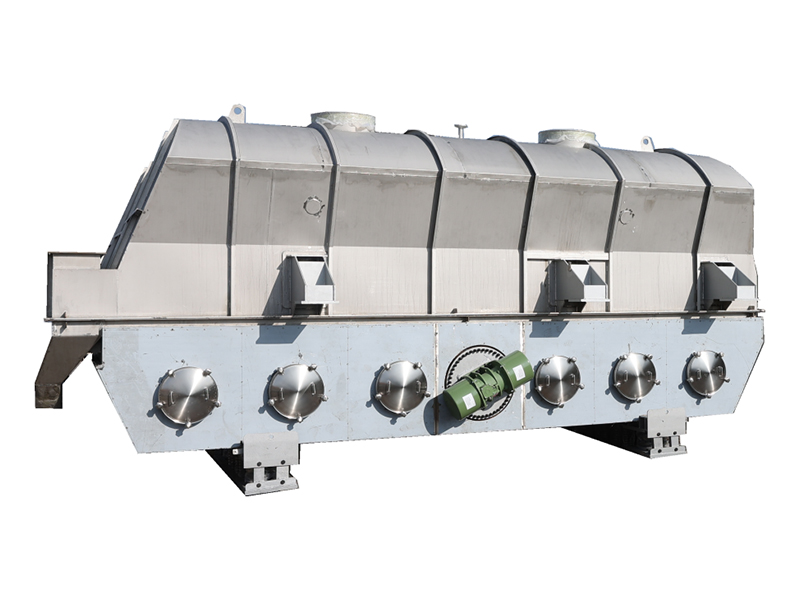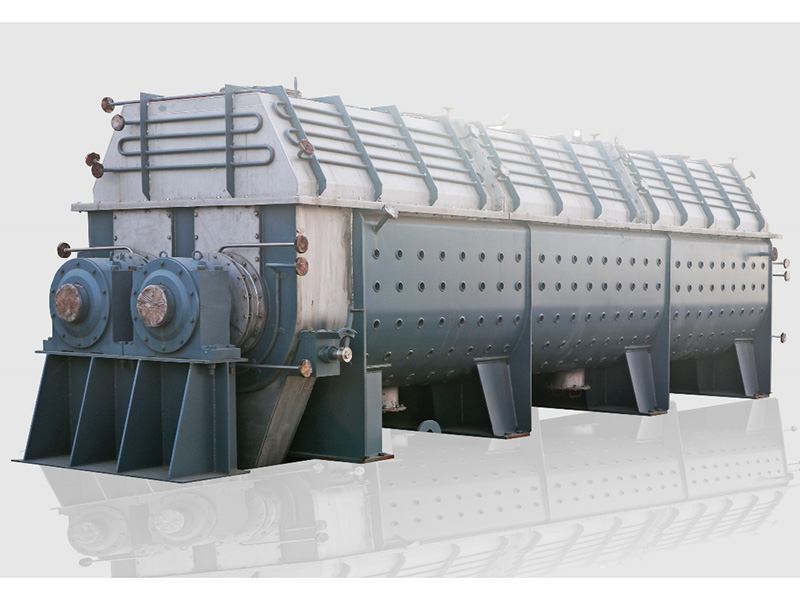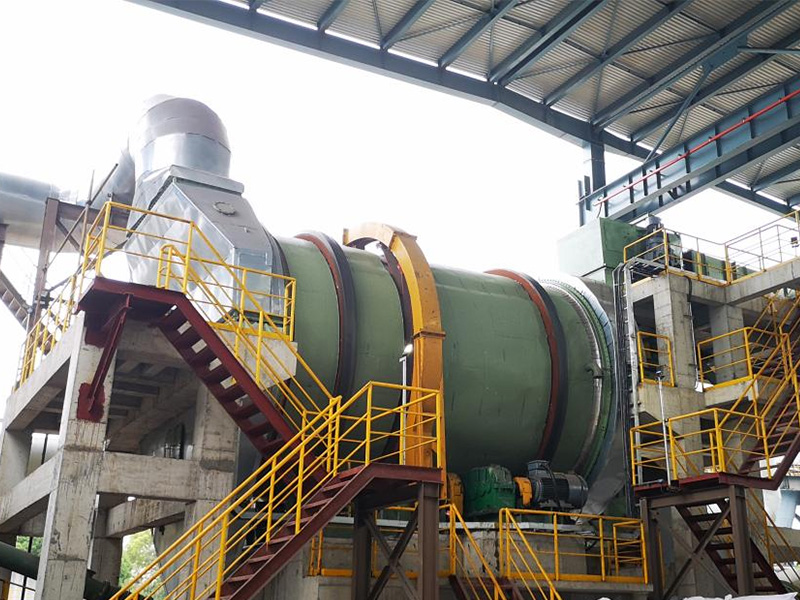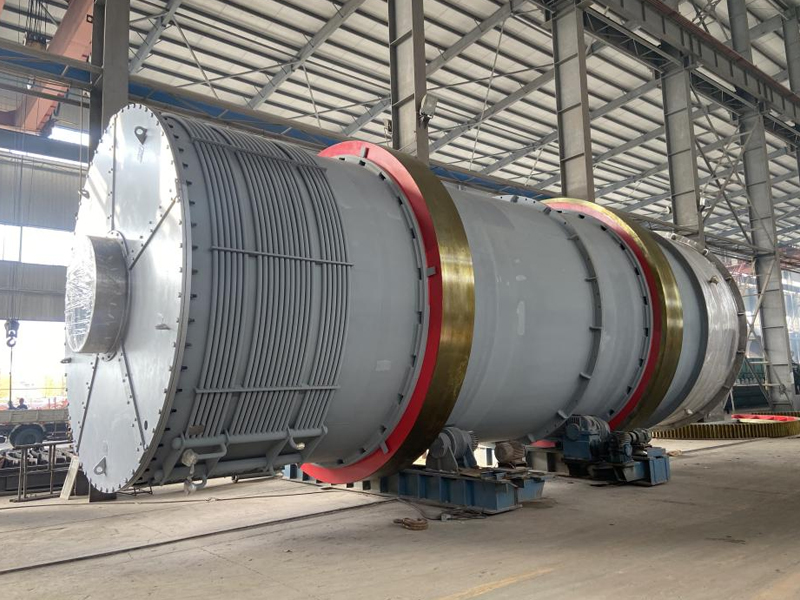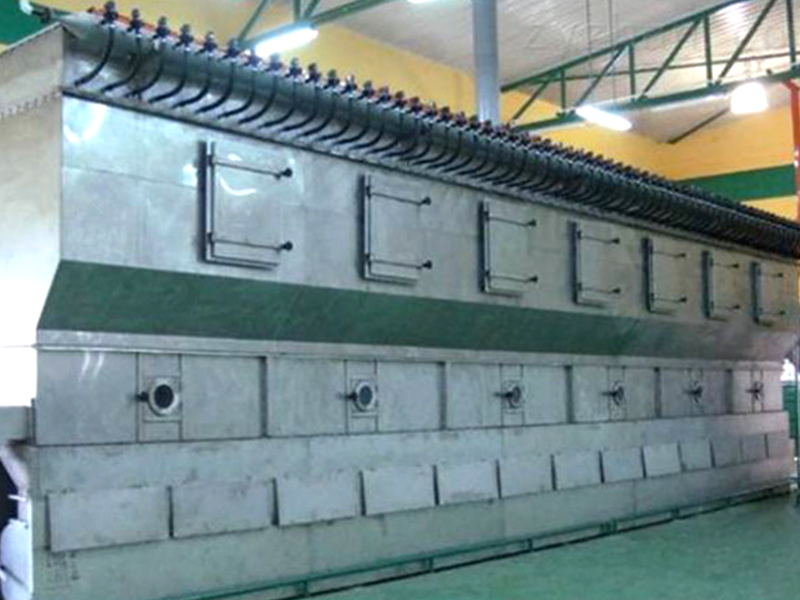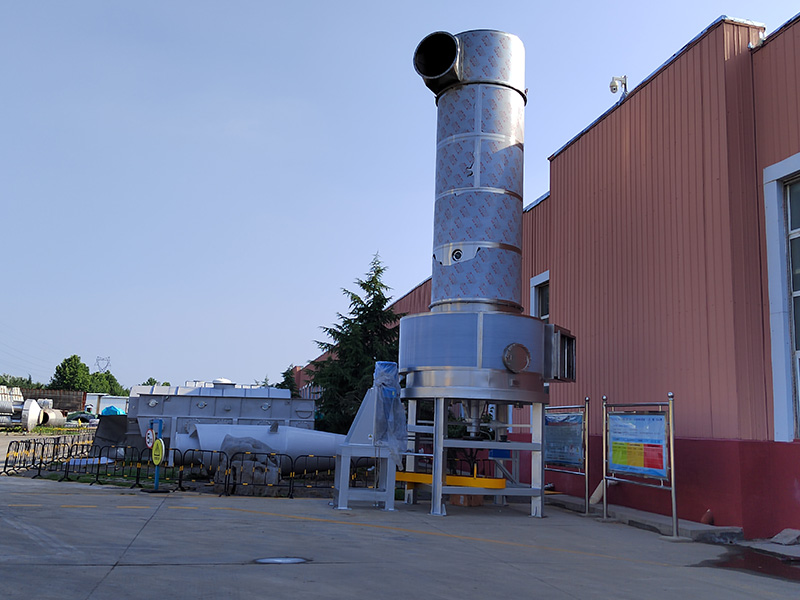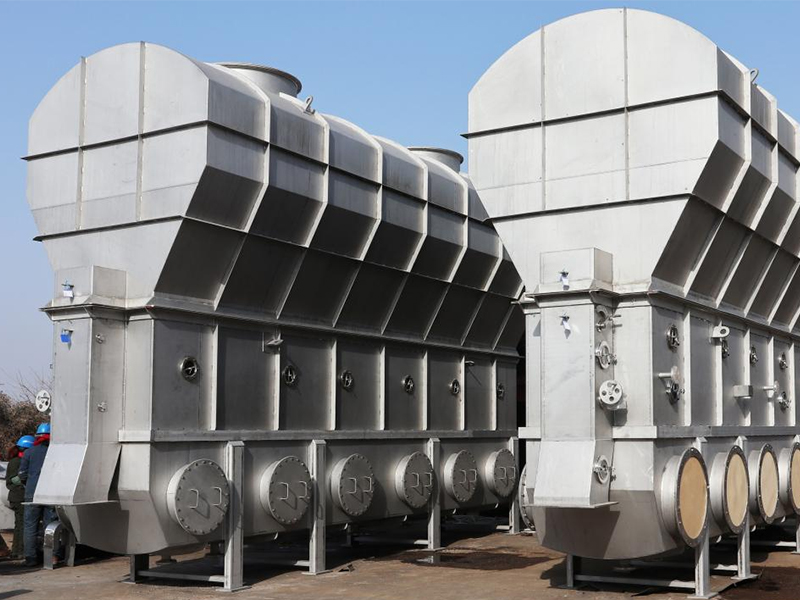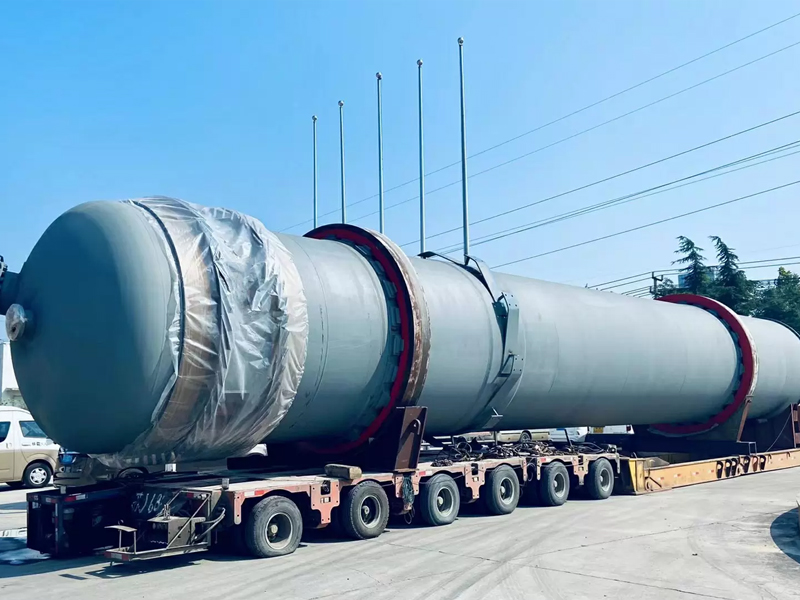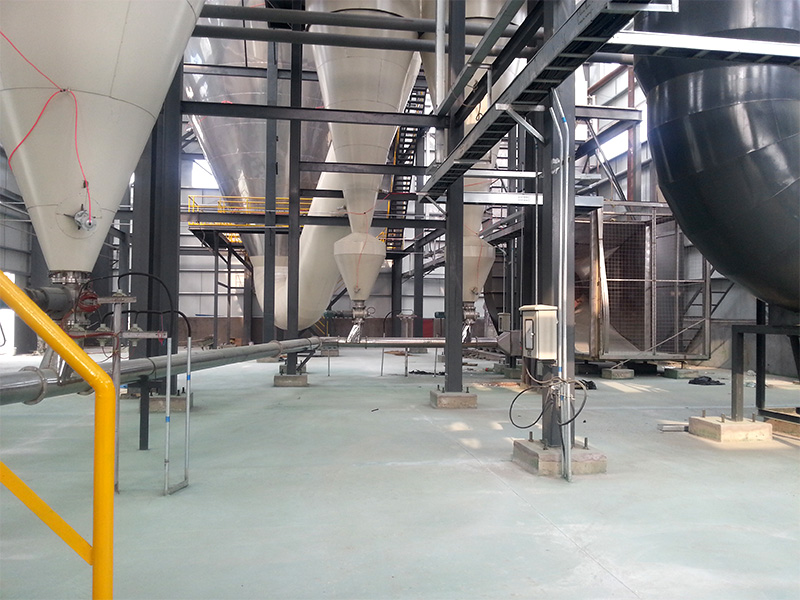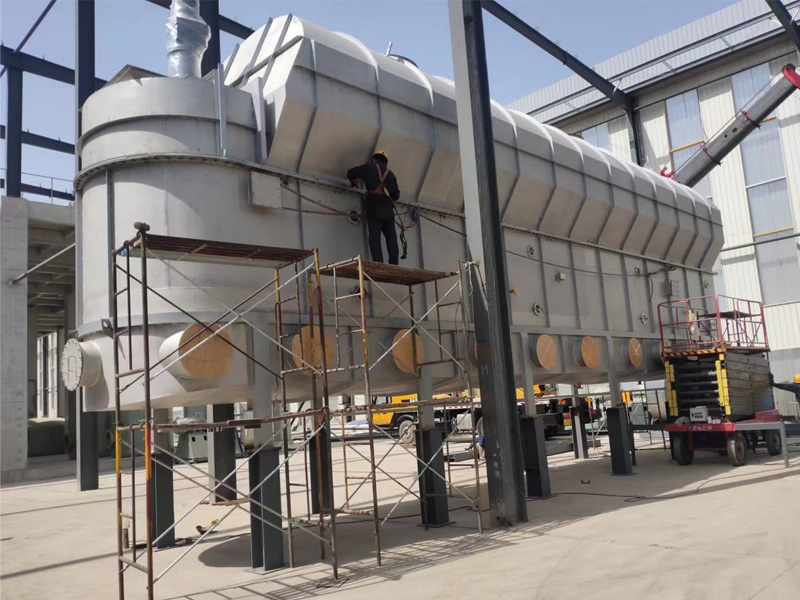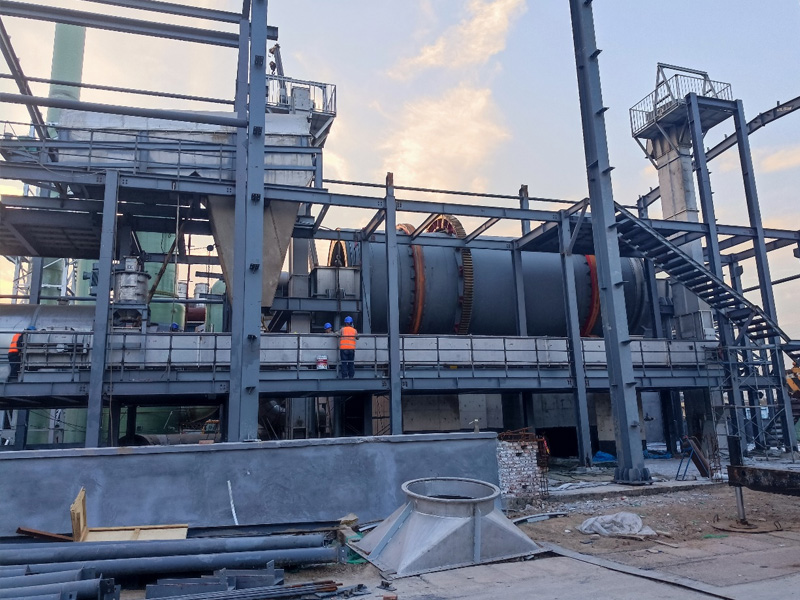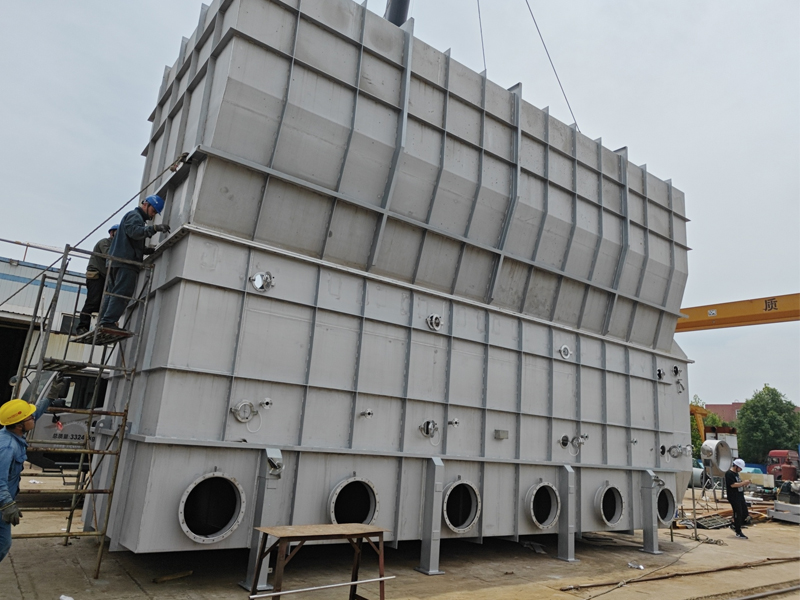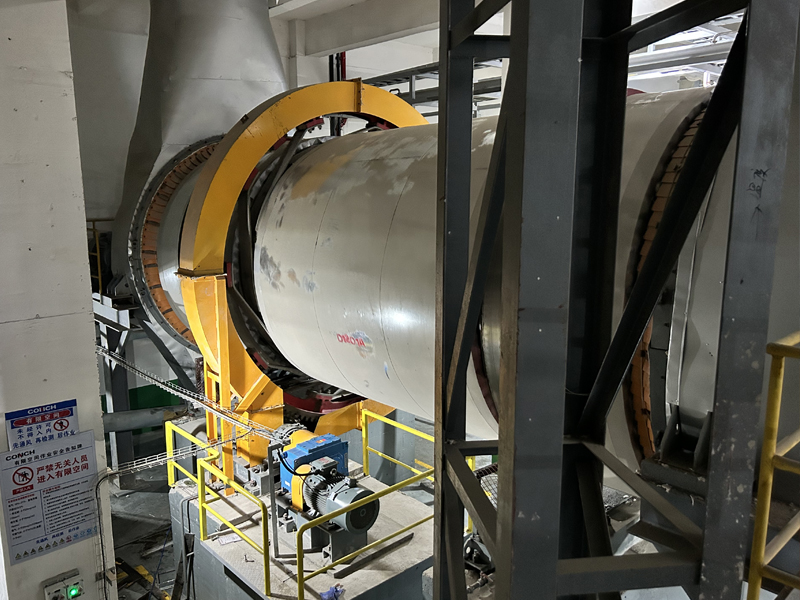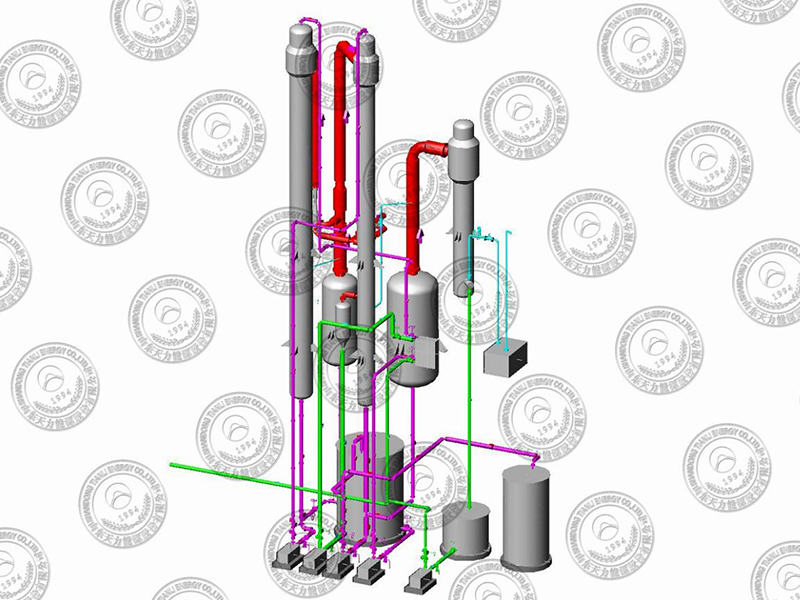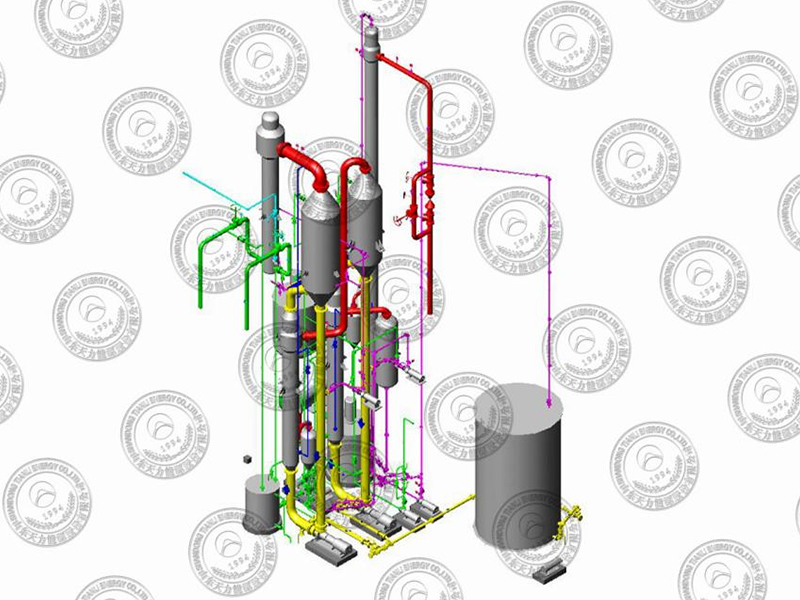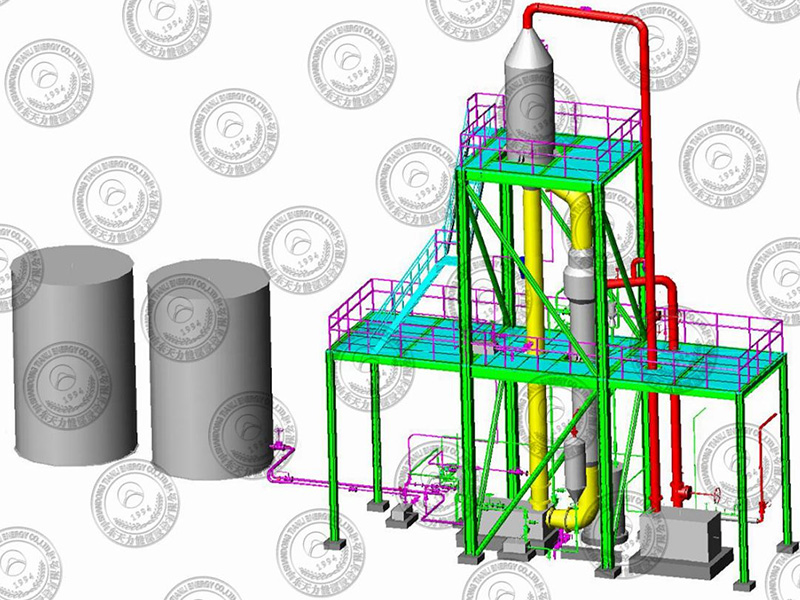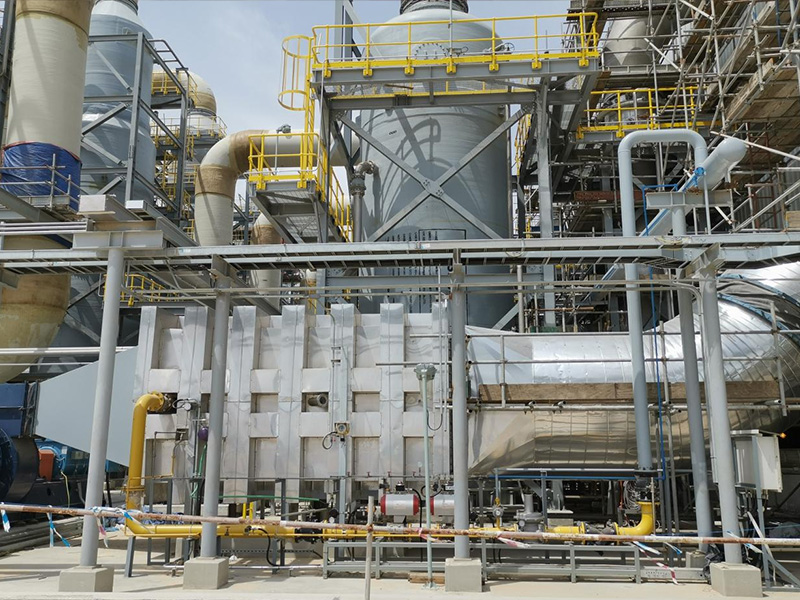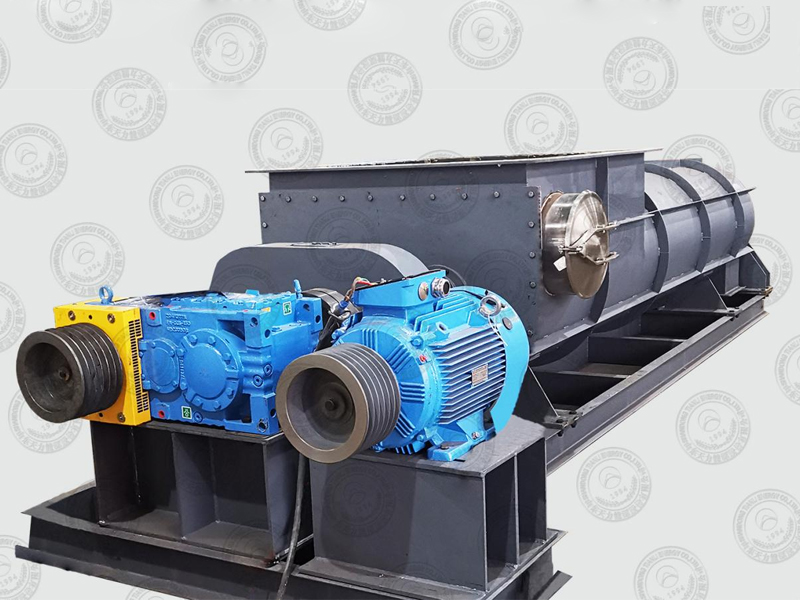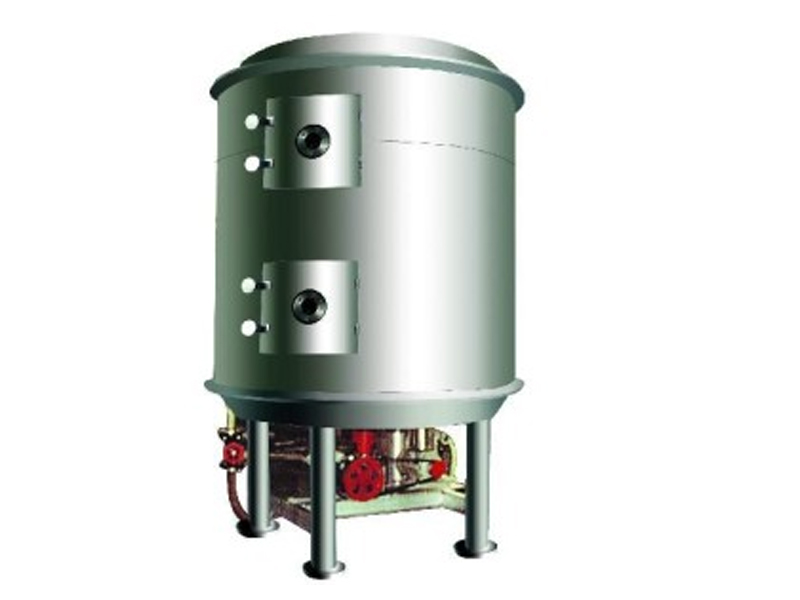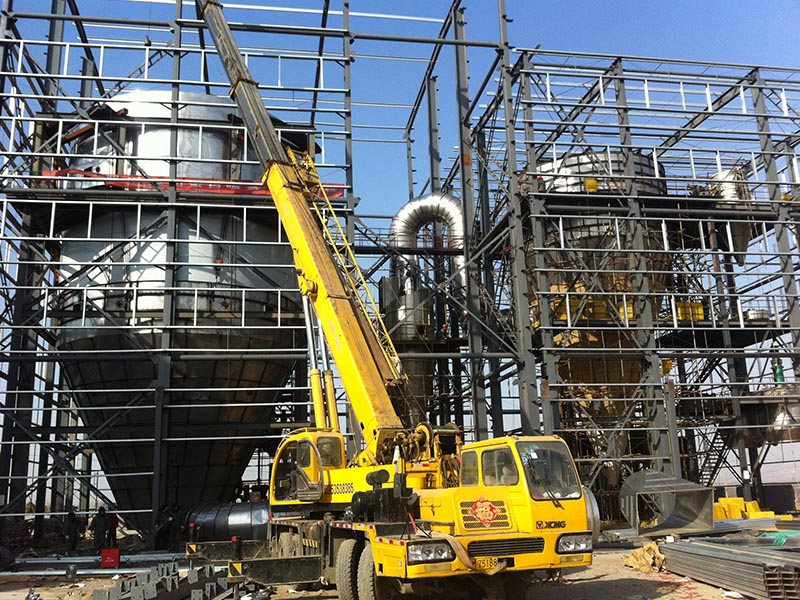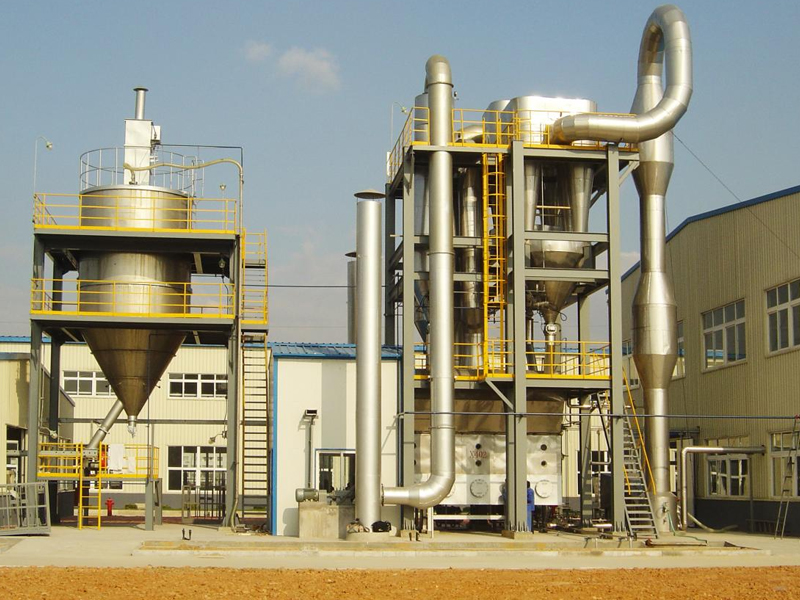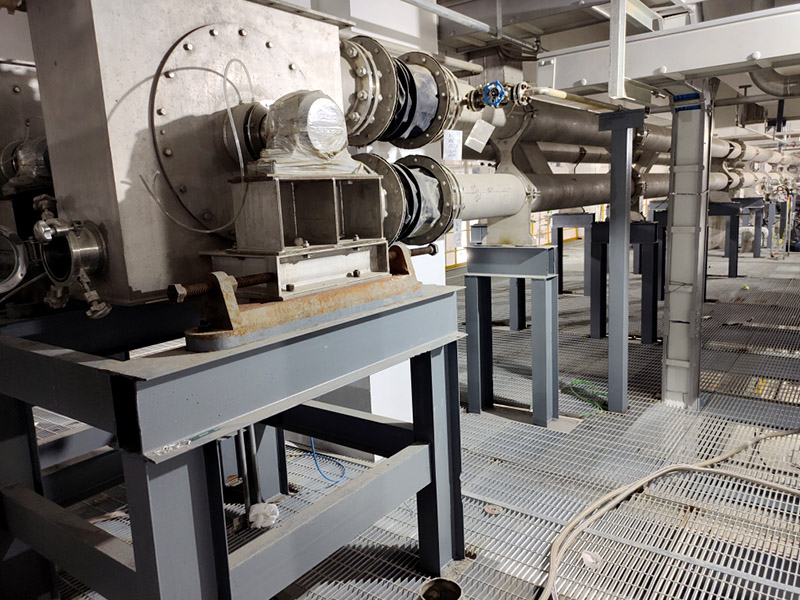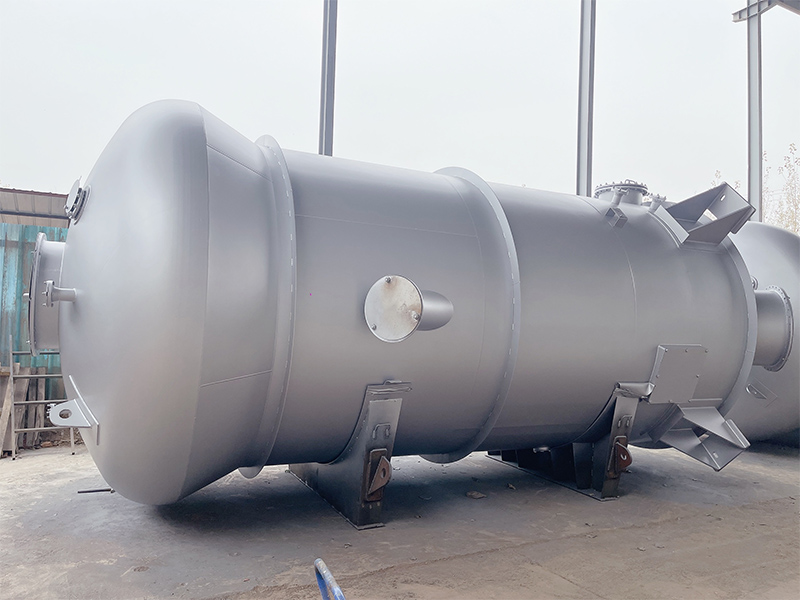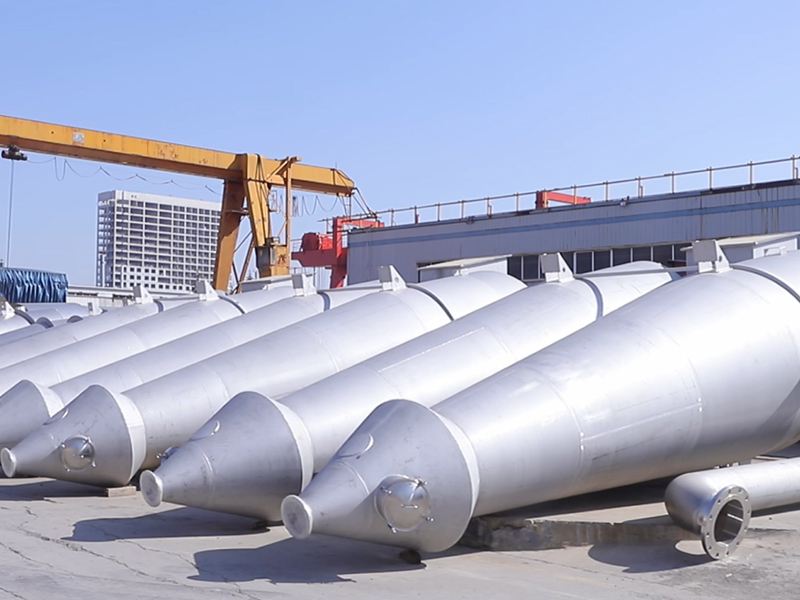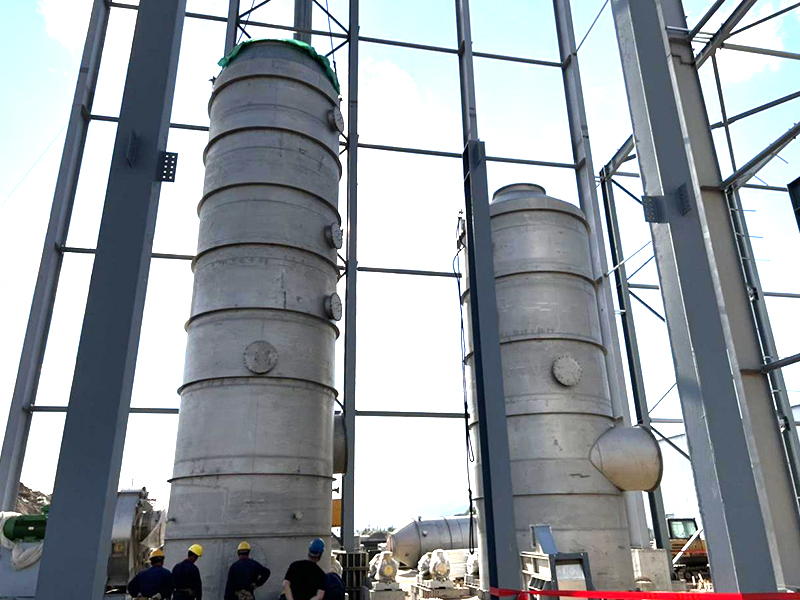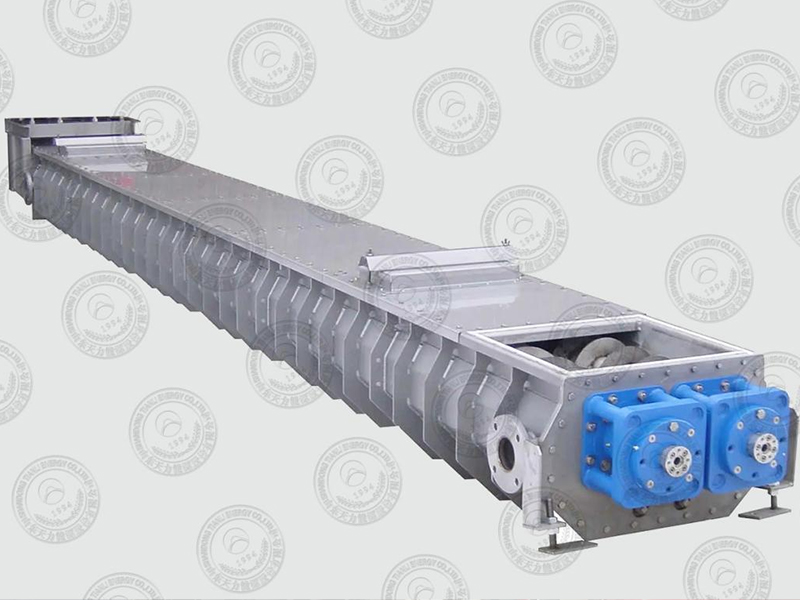LIST
PRODUCTS
Contact us
Fluid Bed Dryer with Built-in Bag Filter
- Tianli
- China
Structural Introduction
Structural Introduction
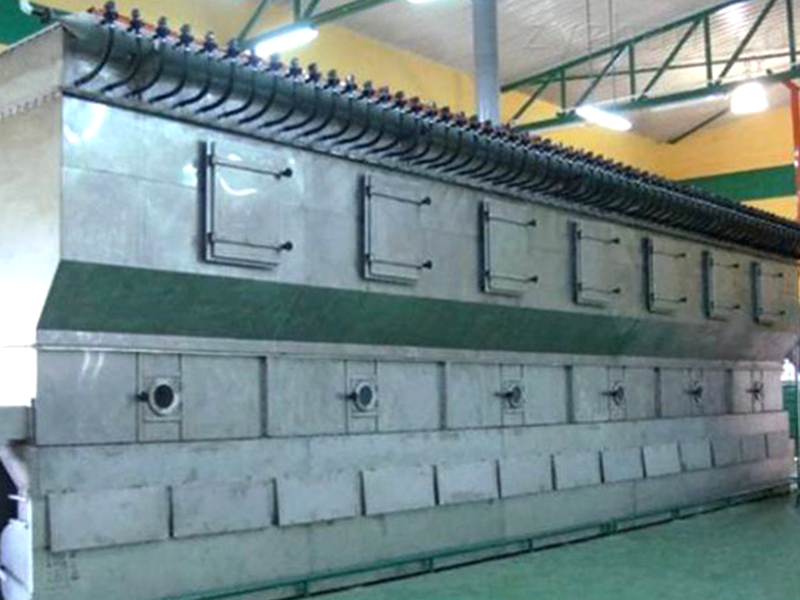
Support Legs: The bottom support legs are made of welded channel steel and support the air chamber, fluidization section and separation section of the fluid bed dryer.
Air Inlet Chamber: It is a welded structure composed of plates and reinforcing ribs, which is divided into multiple air inlet chambers. It mainly plays the role of air intake and air equalization to ensure the normal fluidization of the fluid bed dryer and ensure that the cleaning water can be discharged in time during maintenance.
Air Distribution Plate: It adopts advanced air distribution structure, which can not only ensure normal fluidization, but also effectively prevent leakage, and is more conducive to large particle discharge.
Fluidization Section: This structure mainly completes heat exchange and drying functions. The material exchanges heat with hot air, the steam generated by drying is taken away by the fluidizing air, and the finished product is discharged out of the dryer. This equipment is equipped with a sight glass structure, which can conveniently observe the fluidization state of the material in the fluid bed dryer and facilitate external adjustment. This equipment is equipped with a quick discharge port, which can facilitate the rapid discharge of material when abnormal conditions occur. The atomizer and spray gun adopt a structure that is easy to disassemble and can be quickly and conveniently inspected. The scientific and reasonable frame structure of the entire fluidization section ensures the normal operation of the equipment with load. In addition, this equipment is equipped with several temperature measurement points, which can facilitate temperature measurement and judge the operating status of the equipment.
Separation Section: It is a welded structure composed of plates and reinforcing ribs. This structure mainly completes the separation and discharge of the moisture-carrying air after the material is dried; at the same time, most of the dust automatically falls by gravity, reducing the dust content in the outlet air. This equipment is equipped with a manhole to facilitate internal maintenance of the fluid bed dryer.
Working Principle
The working principle of fluid bed dryer with built-in bag filter is explained as below. The drying/cooling medium enters from the bottom of the fluid bed dryer, after being uniformly pressured and distributed by the air distributor, it directly contacts the materials in the dryer, causing the solid particles to be in a fluidized state. At the same time, heat exchange undergoes between the drying/cooling medium and the materials, completing the drying/cooling process. When the exhaust gas after drying/cooling is with strained dust , it passes through the filtering bag with dust being collected. The purified air is then discharged from the filtering bag. During the fluidization process, the raw material particles are dried/ cooled in the fluid bed dryer. Meanwhile, the filtering bag removes the dust through methods such as pulse cleaning, and the dust falls back into the dryer, achieving the integration of gas-solid separation process.
Equipment Features
Compact structure and high space utilization. built-in filtering bag is in integrates the dust removal unit within the bed, eliminating the need for external equipment and pipelines, and reducing the floor space.
High efficiency in solid-liquid separation. The built-in filtering bags directly collect the dust particles of flow within the dryer. The dust is captured within the dryer, with a separation efficiency of over 99%. Moreover, it avoids secondary dust dispersion during pipeline transmission.
Low system resistance and better energy efficiency. The fluid bed dryer with built-in filtering bag reduces the number of pipes and equipment interfaces, shortens the airflow path, and lowers resistance losses, which can save 10% to 20% of the fan energy consumption.
Lower investment and operation costs. It eliminates the expenses for external dust removal equipment and pipeline installation, and the initial investment can be reduced by 15% to 30%. The system has high integration, and low maintenance and operation cost.
More adaptable to process. The built-in filtering bag dust removal unit is deeply coupled with the fluidized flow within the dryer. During the drying and cooling process, it can simultaneously achieve efficient gas-solid separation, and is particularly suitable for handling high dust concentration or fine particle materials.
Better environmental performance. The built-in filtering bag has a higher efficiency in collecting ultra-fine dust, and the emission concentration can be controlled below 10mg/m³, meeting strict environmental standards and reducing dust pollution.
Specific Applicable Material and Condition
Applicable Material
1.Chemical and Catalyst Industry
Catalyst and carrier fine powder: The fine powder has high value and is prone to flying. The built-in filtering bag can capture the escaping fine powder, preventing the loss of precious metals; Nanometer-sized materials tend to agglomerate during drying, and after being captured by the filtering bag, they can fall back onto the bed layer for further processing. For example: molecular sieve catalysts, platinum-carbon catalysts, activated carbon carriers, nano-zinc oxide.
Fine chemicals: dust cloud is easy to form when fine pigment powder is dry. Built-in filtering bag can prevent dust from polluting the workshop and improve product yield. Examples: dye intermediates, pigments, fluorescent whitening agents.
2. Food&Pharmaceutical Industry
Food grade fine powder and additives: the probiotics powder shall be dried at a low temperature, and the built-in cloth bag shall avoid the loss of living bacteria with dust and meet the food hygiene standards. For example: cocoa powder, camellia powder, food pigment, prebiotic lyophilized powder.
Pharmaceutical APIs and preparations: API fine powder is easy to absorb moisture and caking, and the built-in bag captures fine powder and falls back to the bed during drying to prevent wall adhesion; Vaccine adjuvant and other biological products need a sterile environment, and the built-in bag can reduce the risk of cross contamination of external dust removal equipment. For example: aspirin powder, cephalosporin antibiotic, vaccine adjuvant.
3.Batteries and New Energy Materials:
Positive electrode material and precursor: if the fine powder of battery material is discharged outside when it is dry, it will cause waste of raw materials. After being collected by the built-in filtering bag, it can be directly used for production and avoid the risk of dust explosion. For instance: lithium iron phosphate precursor, ternary material fines, lithium cobalt carbonate.
Nano-scale energy storage materials: nano-scale materials are easy to agglomerate into flocculent, and the built-in filtering bag can capture the dispersed fine powder to realize secondary dispersion with the mixing device, so as to improve the material uniformity. For instance: silicon-based cathode materials, graphene fines, and supercapacitor electrode materials.
4.Environmental protection and precious metal recycling
Precious metal waste treatment: precious metal in the waste is in the form of fine powder or nanoparticle, which can be directly recycled after being collected by the built-in filtering bag during the drying process to reduce the loss of precious metal. For example: spent catalyst, precious metal fines in electroplating sludge.
Environmental protection treatment of superfine powder: when the industrial superfine powder is dried, the dust emission is large, and the built-in filtering bag combined with the pulse back blowing system can be efficiently captured to meet the environmental protection emission requirements. For instance: nano-calcium carbonate, ultra-fine silica, carbon nanotubes.
Non-applicable Material and Condition
High-viscosity or wet materials: materials with a moisture content > 30% are easy to stick to the filtering bag, and the back blowing dust removal effect is poor, resulting in the reduction of fluidization efficiency.
Strong corrosive dust: acidic gas or strong corrosive dust will corrode the filtering bag material.
High-temperature fusible materials: when the drying temperature is>250 ℃, some materials may melt and bond the filtering bag, resulting in failure of the filter bag.
Fibrous or long strip materials: fibres are easy to wrap around the filtering bag, block the filtering hole and affect the dust removal efficiency.


